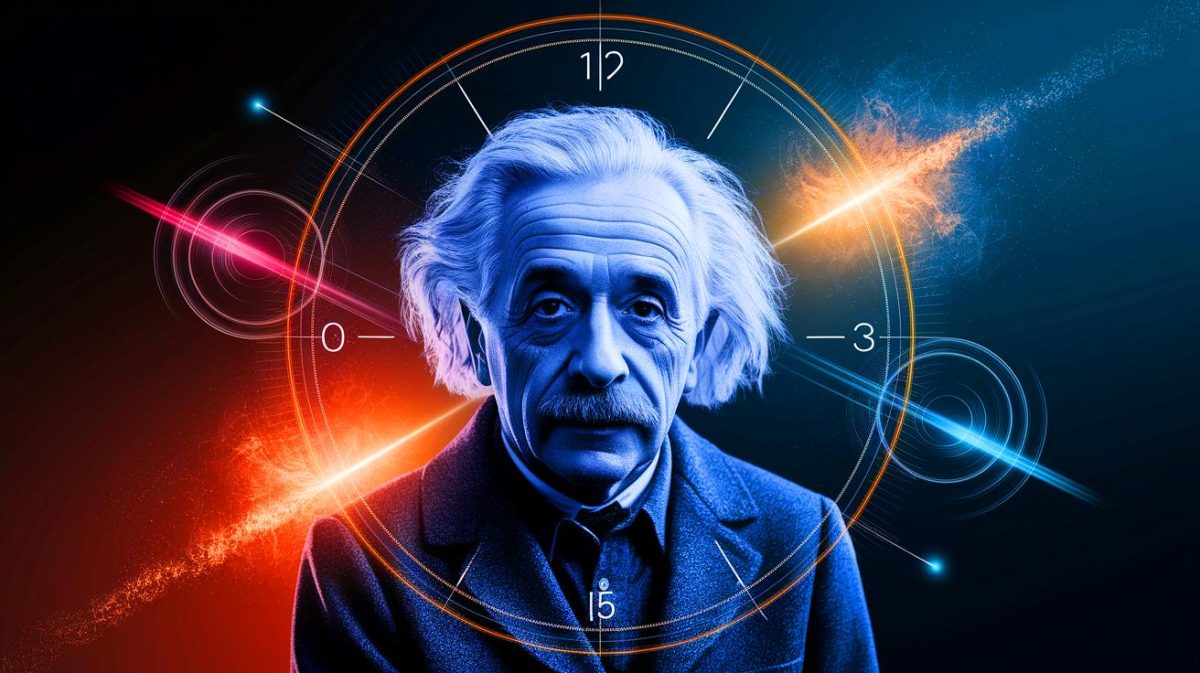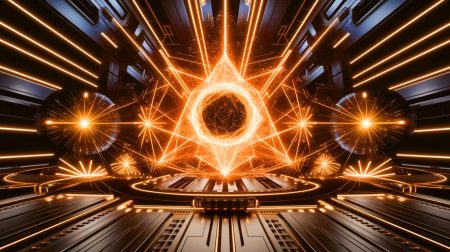| IN A NUTSHELL |
|
The pursuit of a unified theory that seamlessly connects the vast realms of quantum mechanics and general relativity has long intrigued physicists. Recently, a breakthrough study has emerged, suggesting a profound link between these two foundational theories and the concept of entropy. Ginestra Bianconi, a physicist from Queen Mary University of London, proposes a modified version of Einstein’s equations that hints at gravity being an emergent phenomenon rather than a fundamental force. This revolutionary idea could reshape our understanding of the universe, potentially offering explanations for phenomena like dark matter and the universe’s accelerating expansion.
Connecting Quantum Entropy and Gravity
Physicists have long sought a unified theory that brings together quantum mechanics and general relativity, two pillars of modern physics that describe vastly different scales of existence. Quantum mechanics delves into the unpredictable world of subatomic particles, while general relativity explains the macroscopic phenomena of gravity as spacetime curvature resulting from mass. Ginestra Bianconi’s study introduces an innovative approach to bridge this gap, proposing an entropic action framework where spacetime acts as a dynamic quantum operator.
By introducing the concept of the G-field, Bianconi ensures that the complex interactions between spacetime and matter adhere to fundamental laws while offering a fresh lens through which to view gravity. This mathematical tool seamlessly integrates with the entropic action, allowing the modified Einstein equations to reveal how matter shapes the geometry of spacetime. At lower energies, these equations mimic traditional general relativity, suggesting that gravity might indeed have an entropic origin. In essence, this theory posits that the gravitational force emerges from the disorder inherent in the universe’s structure, opening doors to novel interpretations of dark matter and quantum gravity.
The Equations Go Beyond General Relativity
Bianconi’s equations not only explore the interplay between gravity and entropy but also extend beyond the traditional scope of general relativity. The study introduces a constant value within the equations that aligns remarkably well with the observed accelerated expansion of the universe. This small, positive cosmological constant, predicted by the theory, offers a more precise explanation for the universe’s expansion than previous models.
Such groundbreaking findings have the potential to revolutionize our understanding of cosmic phenomena, providing insights into the nature of dark matter and the fundamental forces shaping our universe. While these revelations are promising, further research is essential to substantiate these claims and fully grasp the implications of this entropic approach to quantum gravity. Published in the prestigious journal Physical Review D, Bianconi’s work sets the stage for future investigations that could redefine our comprehension of the cosmos.
Implications for Our Understanding of the Universe
The potential implications of Bianconi’s study are far-reaching, suggesting that gravity, as we perceive it, might be a byproduct of entropic processes rather than an inherent force. This perspective challenges long-standing notions and invites a reevaluation of phenomena like dark matter, which remains one of the universe’s greatest mysteries. By positing that the G-field could be a candidate for dark matter, the study opens new avenues for exploration in both theoretical and experimental physics.
Moreover, the entropic origin of gravity could provide a framework for understanding the universe’s accelerated expansion, offering a more cohesive narrative that aligns with observational data. As physicists continue to probe the depths of this theory, they may uncover additional insights that bridge the gap between micro and macro scales, ultimately leading to a more unified theory of everything. This paradigm shift could fundamentally alter how we perceive cosmic evolution and the forces governing our universe.
Future Directions and Open Questions
While Bianconi’s study presents a compelling case for the entropic nature of gravity, it also raises numerous questions about the underlying mechanisms driving these phenomena. How does the G-field interact with known physical forces, and what implications does this have for particle physics? Can this theory be reconciled with existing models of dark matter and dark energy, or will it require a complete overhaul of our current understanding?
As researchers delve deeper into these questions, they embark on a journey that could redefine the very fabric of our universe. The quest for a unified theory continues, with each discovery building upon the last to provide a more comprehensive picture of reality. In this era of unprecedented scientific exploration, how will future breakthroughs reshape our understanding of the cosmos and our place within it?
Did you like it? 4.4/5 (28)






Wow, this is mind-blowing! Could this really solve the mystery of dark matter? 🤯
Can someone explain the G-field in simpler terms? I’m a bit lost here. 🤔
Einstein strikes again! It’s amazing how his theories continue to evolve. Thank you for sharing this!